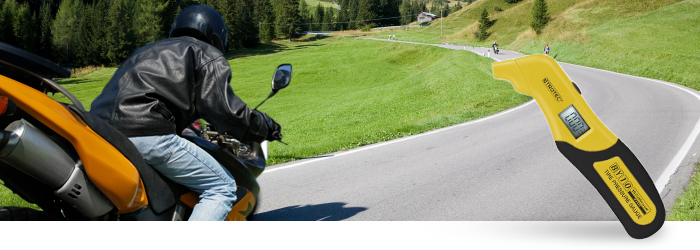 Hesitantly the first sunbeams warm us up and as the days grow longer you can really feel that spring is in the air… This is the time when bikers start becoming restless and yearn to climb onto their motorcycles to feel the freedom of the road in good ol’ Easy Rider style. But after a long and frosty winter you need to check your bike thoroughly before you can finally hit the road.
Hesitantly the first sunbeams warm us up and as the days grow longer you can really feel that spring is in the air… This is the time when bikers start becoming restless and yearn to climb onto their motorcycles to feel the freedom of the road in good ol’ Easy Rider style. But after a long and frosty winter you need to check your bike thoroughly before you can finally hit the road.
The best way to start is to clean your bike conscientiously to discover any damage like rust stains or leaks. When you’re done with cleaning, you should definitely check some technical details of your motorbike. This includes inspecting the battery, the oil level and the lighting, as well as a check-up of the brakes and brake linings. The tyres deserve closer attention: if you don’t ride your vehicle during the winter, it is wise to unload some of the weight off the tyres to guarantee that the tyres don’t bulge and still run smoothly. You should also make sure that there are no porous spots or cuts which could lessen your driving safety. The tread depth is another factor which is mainly responsible for the safety of your motorbike. A minimum depth of 1mm is required for motorcycles by law but the AA recommends a tread depth of at least 2mm so that you are prepared in case of wet roads for example.
And last but not least: the tyre pressure! Read More

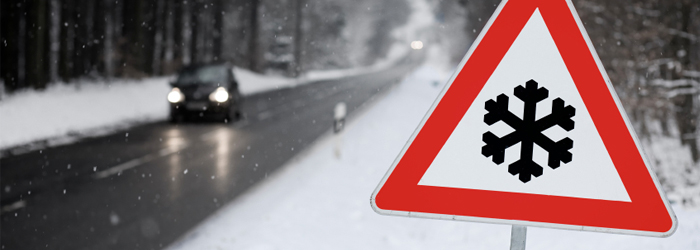 Winter is without doubt the worst time of the year for motorists. Roads can quickly become treacherous or even impassable and what started off as a normal journey to work or a friend’s place can suddenly turn into a nightmare. Hundreds of motorists found themselves trapped in their cars overnight and stranded in snowdrifts and snow flurries in parts of Scotland and the north of England when police had to close roads and shut off motorways which had become blocked because of heavy snowfall and temperatures as low as -20C.
Winter is without doubt the worst time of the year for motorists. Roads can quickly become treacherous or even impassable and what started off as a normal journey to work or a friend’s place can suddenly turn into a nightmare. Hundreds of motorists found themselves trapped in their cars overnight and stranded in snowdrifts and snow flurries in parts of Scotland and the north of England when police had to close roads and shut off motorways which had become blocked because of heavy snowfall and temperatures as low as -20C.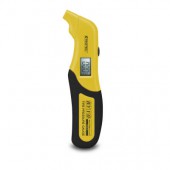
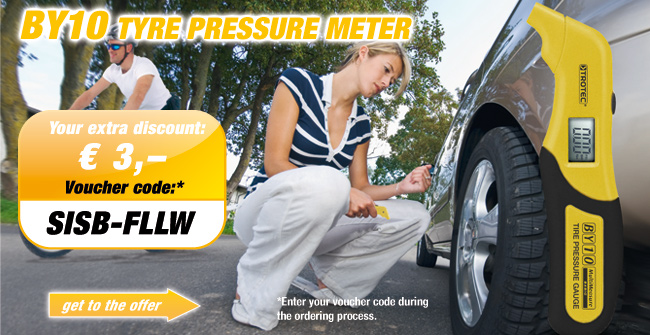

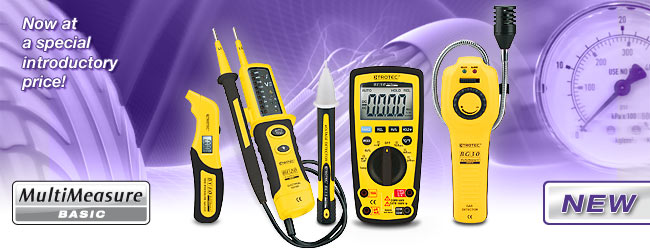 Trotec is well-known for a variety of professional measuring devices for many different applications. But as if that weren’t enough, the Trotec MultiMeasure Basic Series gets enlarged by five brand new meters and two new categories!
Trotec is well-known for a variety of professional measuring devices for many different applications. But as if that weren’t enough, the Trotec MultiMeasure Basic Series gets enlarged by five brand new meters and two new categories!